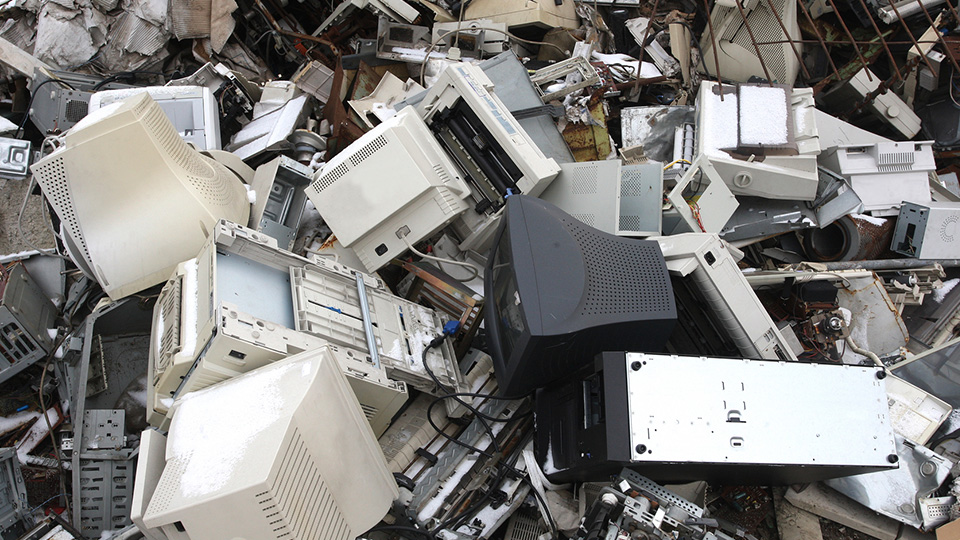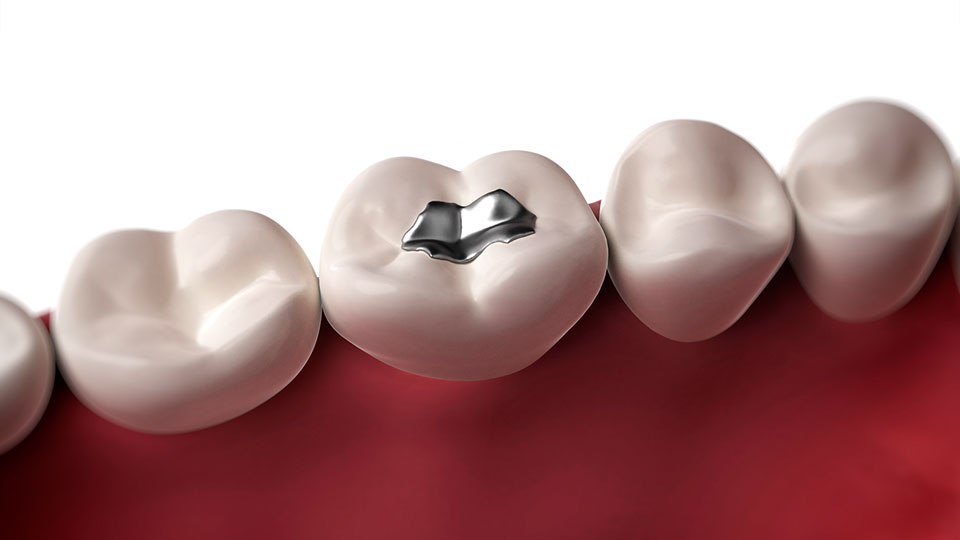The latest results of the ADIA Dental Practice Business Conditions Survey reveal that the July-September quarter of 2015 was a difficult one for dentists.
While new patients held steady between July and September, the total number of patients seen was down in all states. Business conditions held up best in NSW/ACT, with just a moderate downward trend, whereas WA and SA/NT dentists saw a significant fall in patient numbers in their dental clinics. There was also an increase in vacant appointment times, with VIC/TAS fairing worst on this count.
These poor conditions had an impact on the dental supply industry, with dentists reporting a significant decrease in their purchasing of dental products.
The poor results from the quarter did nothing to dampen optimism however, with most dentists anticipating an improvement in business conditions for the current quarter.
The Biggest Factors At Play In The Dental Market
Industry-wide figures don’t show what’s happening at a practice level, and there are ‘winners’ and ‘losers’. With health insurance funds now playing a role in choice of dentist, dentists with preferred provider arrangements saw an increase in patient numbers. Dentists without such arrangements found the competition made for tougher conditions.
Another secret of success was the implementation of a marketing and promotion program. Dentists who had undertaken promotional activities tended to report an increase in patient numbers.
Looking Forward Dentists Are Optimistic
In contrast to the realities of the July-September quarter, dentists are looking forward to better business conditions over the September to December period.
Much of this appears to be seasonal. Holiday periods usually keep dentists busy as people use their time off to catch up on dental care. In addition, some practices believe their marketing activities will boost patient numbers, particularly for returning patients. Practices that expect a reduction in patient numbers once again point to competition from health fund preferred providers.
Are dentists incurable optimists or skilled forecasters? We’ll know the answer when the actual figures for the September to December quarter are released after the next survey due to be undertaken in January 2016.






